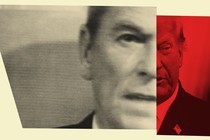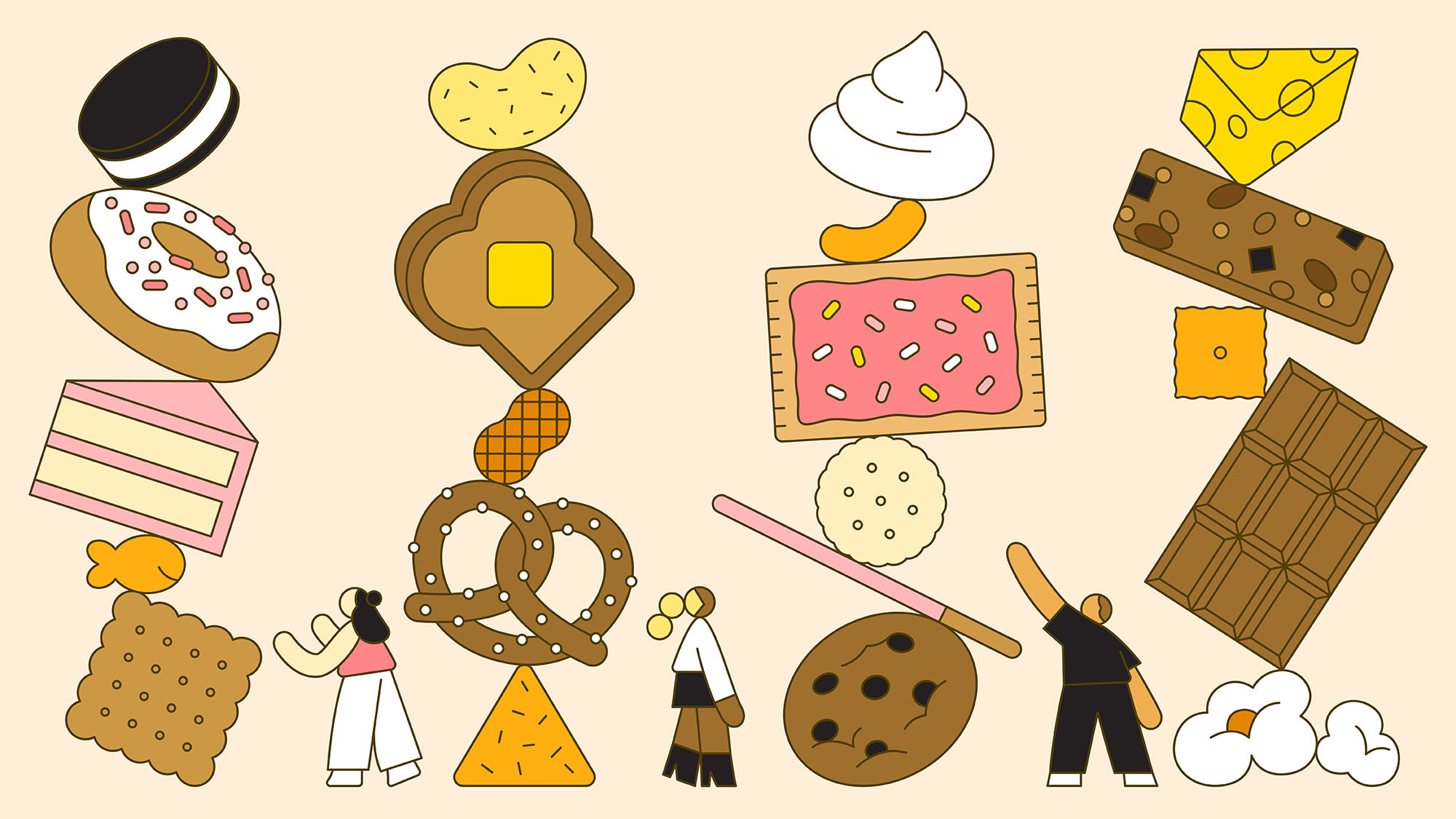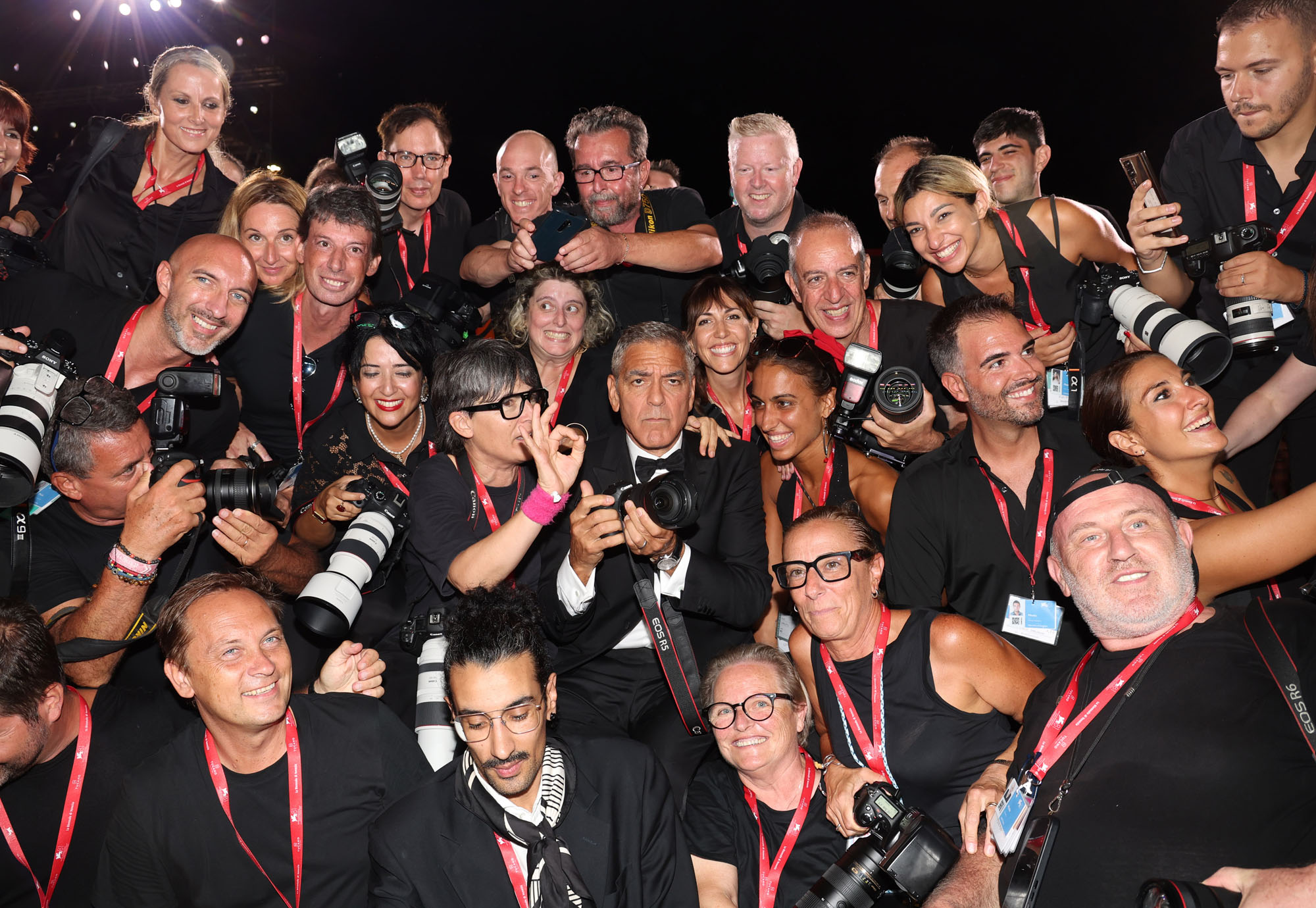Two Books Worth Reading Back-to-Back
7 min read
This is an edition of The Atlantic Daily, a newsletter that guides you through the biggest stories of the day, helps you discover new ideas, and recommends the best in culture. Sign up for it here.
Welcome back to The Daily’s Sunday culture edition, in which one Atlantic writer or editor reveals what’s keeping them entertained. Today’s special guest is staff writer Michael Powell, who has written about the seriousness of Donald Trump’s incident at Arlington National Cemetery, the unreality of Columbia University’s “liberated zone,” and how everything went wrong for New York City Mayor Eric Adams.
Michael is a loyal Knicks fan whose love for basketball helped inspire the creation of Rez Ball, an upcoming Netflix film that’s based on his book. He also appreciates the lyrical genius of Bob Dylan, Ursula K. Le Guin’s poetic musings, and Vermeer’s delicate work.
First, here are three Sunday reads from The Atlantic:
- Inside the dangerous, secretive world of extreme fishing
- The Democrat who’s not that worried about Trump
- The friendship paradox
The Culture Survey: Michael Powell
The upcoming culture event I’m most looking forward to: The Toronto International Film Festival, where I will attend the premiere of Rez Ball,a sports-drama movie directed by the Navajo filmmaker Sydney Freeland. The film, about a high-school basketball team from the Navajo Nation vying to compete in the state championships, was co-produced by LeBron James and inspired by my book Canyon Dreams; it will debut on Netflix on September 27 and features an all-Native main cast.
A good recommendation I recently received: To read back-to-back Adventures of Huckleberry Finn, by Mark Twain, and James, a novel by Percival Everett that reimagines Huck Finn’s story from the perspective of his friend Jim, an escaped slave. The novels are both deep and excellent. [Related: A bloody retelling of Huckleberry Finn]
My favorite way of wasting time on my phone: Following Wikipedia entries deeper and deeper down the rabbit hole. I start with some current controversy and end up reading about Imperial Roman trading ports on the southeast shore of India. Secondly, and most consistently, I keep up with the Knicks and the Mets on any platform available.
A painting or other piece of visual art that I cherish: Anything by the delicate, transcendent Johannes Vermeer, and the Taj Mahal, the sight of which never fails to bring me to tears. [Related: Vermeer’s revelavations]
My favorite blockbuster and favorite art movie: The Brazilian movie City of God, directed by Fernando Meirelles and Kátia Lund, and The Godfather are my top blockbuster picks. For my art-film selection, Alfonso Cuarón’s film Roma, set in Mexico City, astounded me. [Related: The uncomfortable and profound authenticity of Roma]
Actors I would watch in anything: Robert Duvall is such a nuanced, smart actor who never feels the need to dominate a scene. He lets it come to him. Robert De Niro is another brilliant actor who can be menacing or a leading man or a comic, which is rare—although I’m reminded of late that, yes, there really are some movies I would not watch even him in. Then there’s Meryl Streep, a star with the soul of a character actor. There is no role she could not inhabit.
A musical artist who means a lot to me: Bob Dylan. He has endless artistry, expressive vocal phrasing, and oh, those lyrics …
The television show I’m most enjoying right now: I have started my rewatch of Homicide: Life on the Street. The precursor to The Wire, the series was astonishing at the time for network television. So many great actors: Andre Braugher, Yaphet Kotto, Melissa Leo, Ned Beatty, Richard Belzer, and on and on. I’m interested to see if it holds up after three decades. [Related: The angriest man in television]
The best novel I’ve recently read, and the best work of nonfiction: For fiction, I recommend Gilead, by Marilynne Robinson,and The Left Hand of Darkness, by Ursula K. Le Guin, who is poetic and artful without being arty. As for nonfiction: The Science Delusion and A New Science of Life, both by Rupert Sheldrake, a biologist and philosopher who relentlessly challenges what we think we know.
The last debate I had about culture: Should the Boycott, Divestment, Sanctions movement prevent an Israeli dance troupe from performing in New York? Should protesters target an exhibition in Manhattan commemorating those killed by Hamas on October 7? I strongly argue for artistic and academic freedom—and I find it inane to pick out a flawed democracy in a world full of far more flawed nations and say that it alone should be cut off from global support. [Related: Cancel culture cuts both ways.]
A museum show that I loved: The“Winslow Homer: Crosscurrents” show at the Metropolitan Museum of Art, in New York City, had the great virtue of exposing me to the work of an artist I had seen only in passing. And the “Vasily Kandinsky: Around the Circle” exhibit at the nearby Guggenheim Museum was simply brilliant.
Something I recently revisited: Eugene D. Genovese’s Roll, Jordan, Roll, his magisterial and occasionally controversial and revisionist history of American slavery.
Online creators that I’m a fan of: I’ve come to truly admire many podcasts. To name just three of many: the eccentric, ecumenical, and inquiring DemystifySci, run by two wayward Columbia University–trained scientists; the incisive The Rest Is History, with the historians Dominic Sandbrook and Tom Holland, which ranges impossibly wide, with wit and humor; and The Glenn Show, featuring the congenitally contrarian Glenn Loury, an economist at Brown University.
My favorite stories I’ve read in The Atlantic recently: Caitlin Dickerson followed her beat, her passion, to the dangerous jungle in the Darién Gap and wrote a story not of adventure but of compassion and humanity. Mark Leibovich has a scalpel eye and humor with steeliness beneath, as seen in his recent articles on Joe Biden’s refusal to confront his own aging. Then there’s Stephanie McCrummen’s cover story on the displacement of the Maasai, Jennifer Senior on anything …
A poem, or line of poetry, that I return to:
“The best lack all conviction, while the worst
Are full of passionate intensity.”
The Week Ahead
- The Killer’s Game, an action-comedy about an assassin who takes out a hit on himself but must fight off the hit men when they target his ex-girlfriend (in theaters Friday)
- Season 4 of Emily in Paris, a romantic-comedy series about an American woman who lives in Paris and must navigate work, friends, and a complicated love life (part two premieres Thursday on Netflix)
- Tell Me Everything, a novel by the Pulitzer Prize winner Elizabeth Strout about a group of townspeople who come together after a woman is murdered (out Tuesday)
Essay

How Snacks Took Over American Life
By Ellen Cushing
There was a time, if you can believe it, when a respectable person could not have a little treat whenever she wanted. This time was, roughly, from the dawn of the republic to the middle of the 1980s. The American workday, menu, and social clock were oriented around meals, and eating between them was discouraged: If you were a child, snacking gave you cavities and spoiled your appetite; if you were an adult, it was kind of unseemly. There were no elaborate treats after soccer practice, or snack trays on strollers, or yogurts in tubes … The phrases girl dinner and new flavor drop were totally nonsensical, instead of just a bit nonsensical. Libraries, classrooms, cubicles, and theaters were, generally, where you read, learned, worked, and saw La bohème—but definitely did not eat.
Some 40 years later, we are not just eating between meals; we are abandoning them entirely.
Read the full article.
More in Culture
- The brash new sound of hedonism
- Slow Horses and the dark psychology of an unwinnable game
- What Tucker Carlson’s spin on World War II really says
- Seven books that demystify human behavior
- The allure of living a radically different life
- Kaos offers a sharp twist on a familiar story.
- Rachel Kushner’s surprising swerve
Catch Up on The Atlantic
- The GOP’s pro-family delusion
- Anne Applebaum: The Democrats’ patriotic vanguard
- What awaits a Harris presidency
Photo Album

Check out these photos of the week, which show George Clooney at the Venice International Film Festival, the aftermath of a Russian bombing in Ukraine, Paralympians competing for gold, and more.
Explore all of our newsletters.
When you buy a book using a link in this newsletter, we receive a commission. Thank you for supporting The Atlantic.



